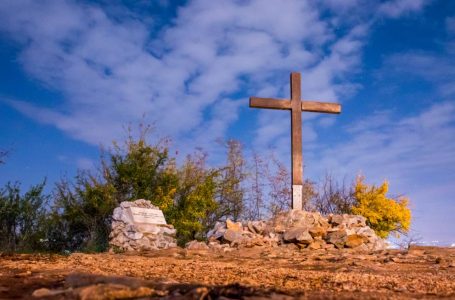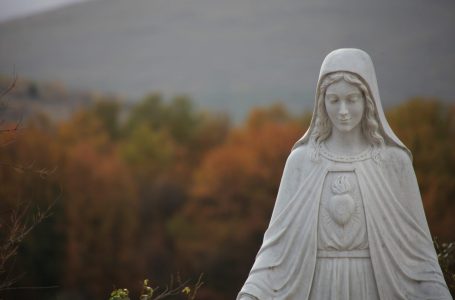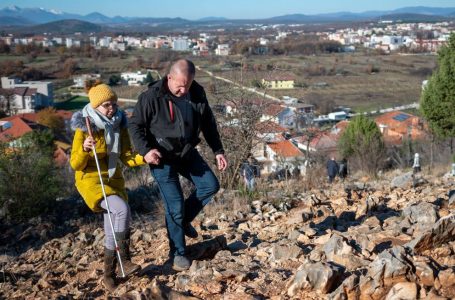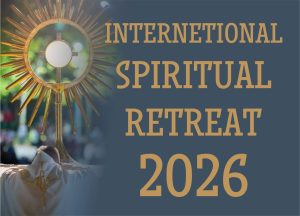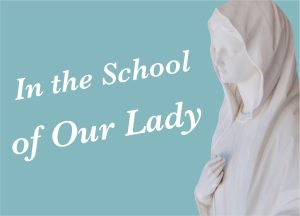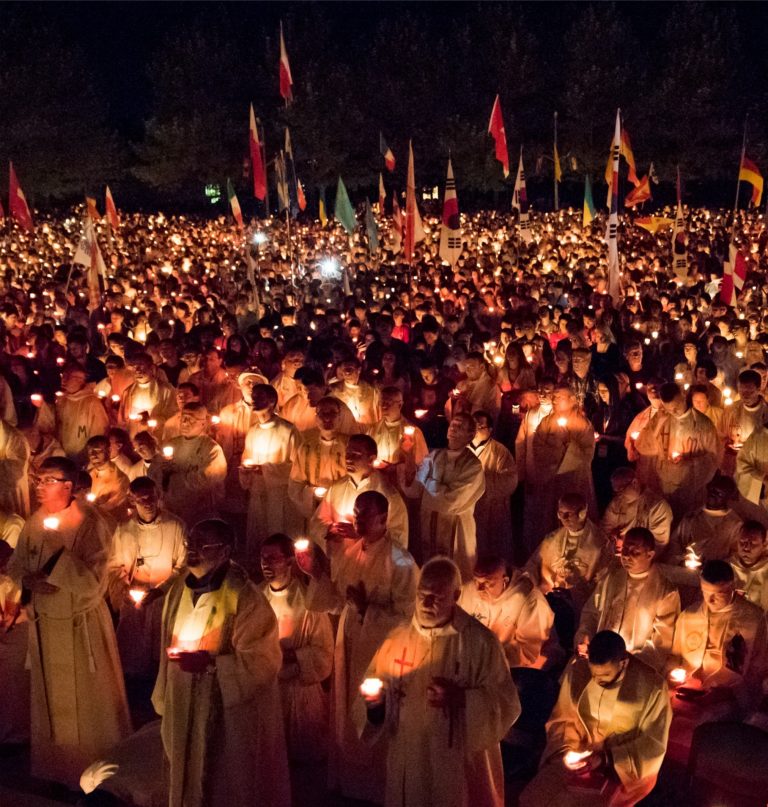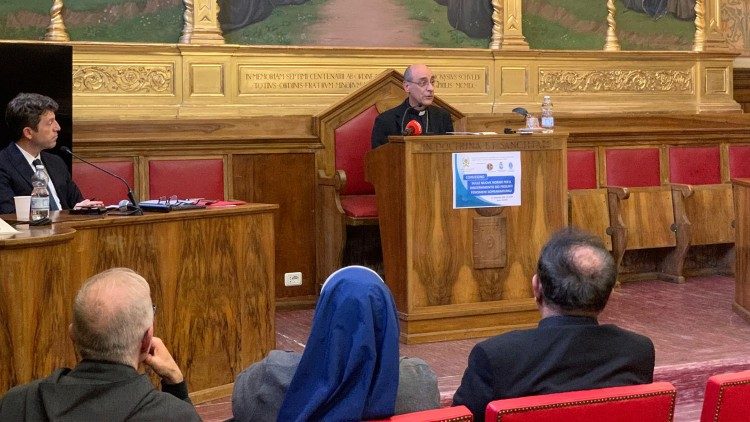
At a conference dedicated to the deepening of the new “Norms of the Dicastery for the Doctrine of the Faith for proceeding in the discernment of alleged supernatural phenomena”, the prefect of the Dicastery for the Doctrine of the Faith Cardinal Victor Manuel Fernández clarified some parts of the document “The Queen of Peace” about the spiritual experience in the Herzegovinian Marian shrine, writes Vatican News.
“Permission for public worship in Medjugorje shrine means that there is something supernatural, that the Holy Spirit is at work in that place, as in the case of Rosa Mystica in Montichiari, even if the supernatural authenticity of the apparition is not declared. Some of Our Lady’s messages may be supernatural, mixed with the others that are not. We don’t say that the Spirit works ‘through’, because that would mean confirming the supernatural, but ‘in the midst’, and that already means a special action of the Holy Spirit in that place”, that is how Cardinal Victor Manuel Fernández, prefect of the Dicastery for the Doctrine of the Faith, explained these and others details of the document “The Queen of Peace” about a spiritual experience in a small village in Herzegovina, that was published last week, at a conference dedicated to deepening of the new “Norms of the Dicastery for the Doctrine of the Faith for proceeding in the discernment of alleged supernatural phenomena” organized by the International Observatory for Apparitions and Mystical Phenomena at the Pontifical International Marian Academy (PAMI).
In his speech, the Argentine Cardinal clarified some points of the two documents, starting from the new Norms that have been in force since May 19. He explained the meaning of six determinants in the case of alleged apparitions, from Nihil Obstat to Declaratio de non supernaturalitate, and wanted to answer the question of numerous Medjugorje devotees, who wondered why “The Queen of Peace” document did not follow the proposal to declare the supernatural nature of “Ruini Commission”. Fernández explained that this statement is “always possible”. But after 45 years, during which “the faithful were never offered an explanation of the messages, which were nevertheless read and meditated on”, waiting for the revelation of the supernatural, it was important to reassure them that they were in the Church, “to accompany them and to approve public worship”. Today, “that is enough for the Pope”.
The cardinal then pointed out that the words of the Note, “God is present and acts in our history”, give meaning to everything that follows, so “it is possible for God to appear present in extraordinary ways” with apparitions and miracles. He repeated that the Dicastery’s work to achieve these standards was “very hard”. In these 45 years, he recalled, “there were 3,500 beatifications, which presuppose a miracle, and only 3 or 4 declarations of the supernatural”. However, there are doubts about them as well, he wanted to point out.
The risk of waiting too long for an official statement on the alleged apparitions is, according to Cardinal Fernández, “that people go for years without guidance to the places of the alleged apparitions, without permission, and that is not good. The problems are often related to the fact that the alleged seers are still alive” and not one knows how to tell them to wait with the publication of new visions before evaluating the previous ones. Then, there is a danger of saying: “These are messages that God wants, transmitted through Our Lady.” They have enormous value: “Then who will go and read the church fathers – Fernández wondered – who did not say that they had visions?”
Therefore, the prefect of the Dicastery for the Doctrine of the Faith wanted to clarify that the declaration of the supernatural “is not the Pope’s infallible teaching and the faithful are not obliged to believe in it. That is why we believe that it is not necessary.” He reminded that for many sanctuaries in the world, including national ones, such as Our Lady of Lujan in Argentina, there was never a declaration of the supernatural, emphasizing that “nulla osta” means three things for Medjugorje. First, to give peace to believers who know that the Church is accompanying them; secondly, permission for the public worship, and not only for pilgrimages, and it means that now “a church or a chapel with that name” can be built in the whole world. Thirdly, there are also useful clarifications for believers that those who read the messages are accompanied, and there are aspects that need to be interpreted correctly”. In the small Herzegovinian village, the spiritual fruits were important for the cardinal, but also some messages. He confided that he was amazed by the devotion of Our Lady of Sorrows of Chandavila in Spain, “where the seer felt the Virgin’s kiss and embrace”.
For his part, Fr. Stefano Cecchin, president of the Pontifical International Marian Academy, recalled that PAMI, since its foundation in 1946, “has paid special attention to the subject of Marian apparitions that significantly marked the history of the Church.” Mary who also appears to non-Christians, is also the bearer of dialogue between faiths and the inculturator of the Gospel. The best example is that of the Virgin of Guadalupe. In Medjugorje too, Mary is inviting us to the Gospel, he explained. He then highlighted the problems that have emerged in more than fifty years of research, which were highlighted at the International Mariological Congress 2020, and are related to the “lack of true knowledge of the Catholic teaching on the Mother of God” which, as St. Paul VI said, is the key “for an accurate understanding of the mystery of Christ and the Church”. The Second Vatican Council actually teaches that Mary is the “model of the Church”.
But today this lack of knowledge leads, according to Fr. Stefano Cecchino, to a schism between Mariology and the Church thought and a certain popular Marianita, that of many groups and associations, especially in both Americas, “which use the image of Mary to spread the message and uses that are not in accordance with an evangelical message, almost always based on alleged private revelations”. He also criticized “the proliferation of the apparitions, visions, prophecies that use the figure of Mary to attack the Pope, the Church, church authorities, the teaching profession, institutions with the apocalyptic messages, and not to create hope in victory “of the Immaculate Heart of Mary, but are awakening fear instead.”
This conference was organized by the International Observatory for Apparitions and Mystical Phenomena at the Pontifical International Marian Academy (PAMI) in collaboration with the Pontifical Antonianum University, the Pontifical Faculty of Theology of St. Bonaventure and the Pontifical Theological Faculty of Marianum.


